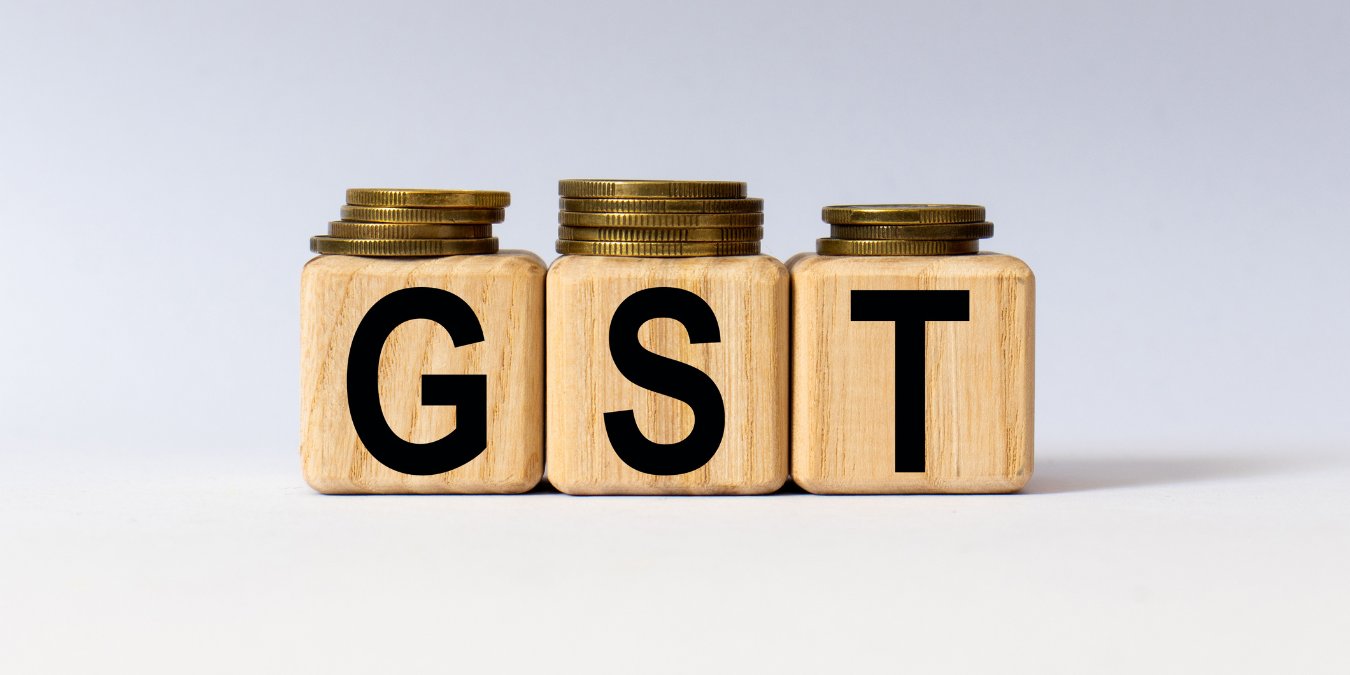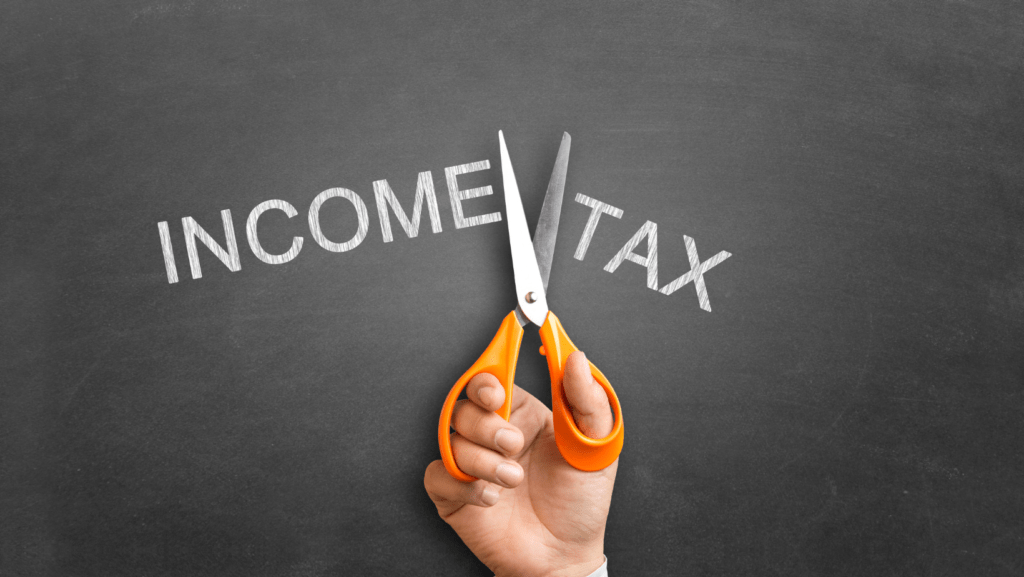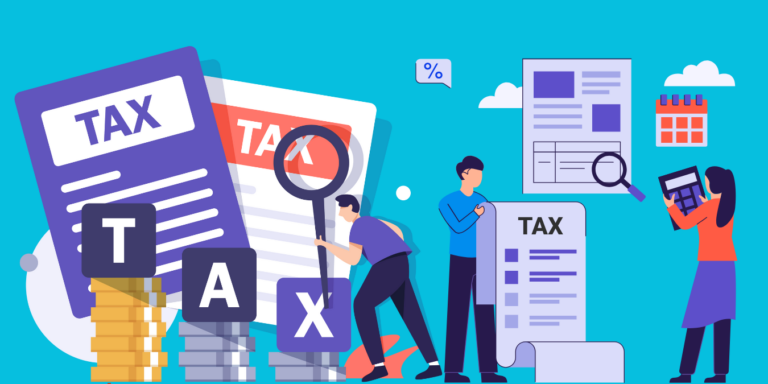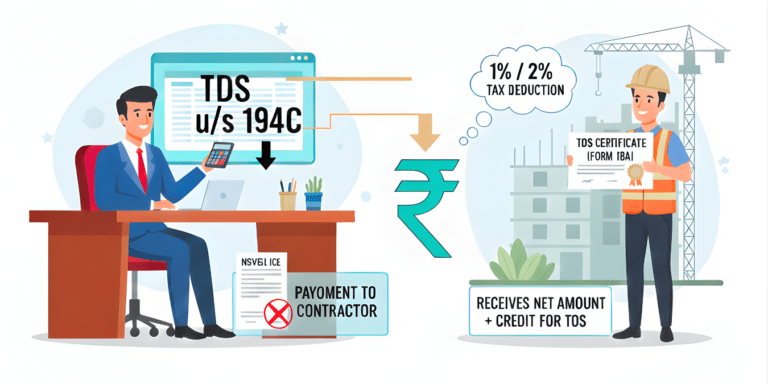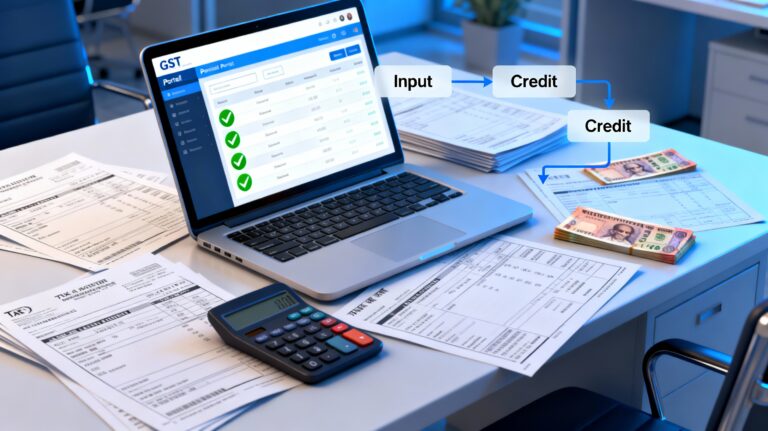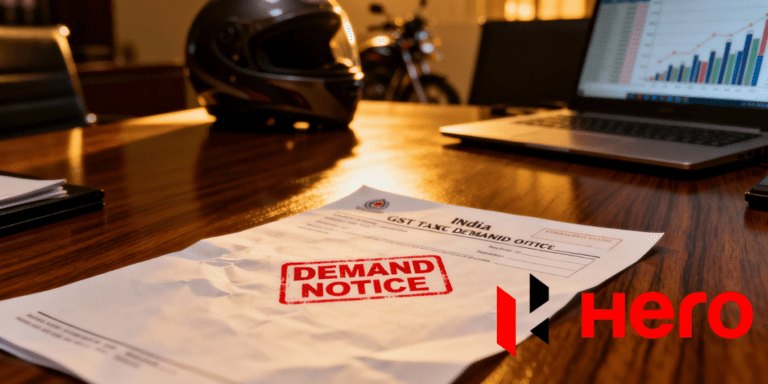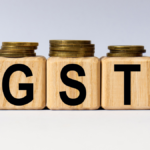
“The impact of double taxation on your Indian salary. Learn how direct taxes (TDS) and indirect taxes (GST, VAT) combine to take a significant bite out of your income. Understand the concept, calculate your tax burden, and explore strategies to minimize its effect on your take-home pay.”
The question of taxation often sparks debates among salaried professionals, business owners, and the middle class alike: Are we taxed around 33% from our Salary and then taxed again as we spend what we have left? Why? With the financial year 2025-26 (assessment year 2026-27) underway, it’s a critical time to dive into this topic using the latest data and explores how India’s tax system impacts our income and spending. This blog post will break down the tax structure, analyse whether the 33% figure holds true, and explain why we face taxation at multiple levels. Let’s unpack this with an eye on income tax slabs 2025-26, double taxation in India, and why India taxes spending.
Understanding Taxation in India: The Dual Burden
India’s tax system operates on two primary pillars: direct taxes (like income tax deducted from your Salary) and indirect taxes (like GST levied when you spend). For the average Indian professional—especially those working in multinational corporations (MNCs) or the burgeoning startup ecosystem—this creates a layered tax burden that feels relentless. But does it really amount to 33% from our Salary, followed by more taxes on spending? Let’s explore step-by-step.
Direct Taxes: What’s Deducted from Your Salary?
Direct taxes, primarily income tax, are deducted from your salary based on the income tax slabs applicable for the financial year. As of FY 2025-26, taxpayers can choose between the old tax regime (with deductions) and the new tax regime (with lower rates but fewer exemptions). The Union Budget 2025 introduced tweaks to these slabs, making the new regime more attractive for middle-income earners. Here’s a quick look at the latest slabs under the new tax regime for FY 2025-26:
- Up to ₹4 lakh: Nil
- ₹4 lakh to ₹8 lakh: 5%
- ₹8 lakh to ₹12 lakh: 10%
- ₹12 lakh to ₹16 lakh: 15%
- ₹16 lakh to ₹25 lakh: 20%
- Above ₹25 lakh: 30%
Add to this a standard deduction of ₹75,000 for salaried individuals (up from ₹50,000 in previous years) and a rebate under Section 87A of ₹60,000 for incomes up to ₹12 lakh. This means salaried individuals earning up to ₹12.75 lakh annually pay zero income tax under the new regime—a significant relief announced in Budget 2025 to boost disposable income.
But what about those earning above this threshold?
Let’s calculate for a professional earning ₹20 lakh annually (a common figure for mid-level MNC employees):
- Taxable income after standard deduction: ₹20,00,000 – ₹75,000 = ₹19,25,000
- Tax calculation:
- ₹0 to ₹4 lakh: Nil
- ₹4 lakh to ₹8 lakh: 5% of ₹4 lakh = ₹20,000
- ₹8 lakh to ₹12 lakh: 10% of ₹4 lakh = ₹40,000
- ₹12 lakh to ₹16 lakh: 15% of ₹4 lakh = ₹60,000
- ₹16 lakh to ₹19.25 lakh: 20% of ₹3.25 lakh = ₹65,000
- Total tax: ₹20,000 + ₹40,000 + ₹60,000 + ₹65,000 = ₹1,85,000
- Cess (4%): ₹1,85,000 × 4% = ₹7,400
- Final tax liability: ₹1,92,400
Percentage of income taxed: ₹1,92,400 / ₹20,00,000 × 100 = 9.62%. This is far below the 33% mark. However, for higher earners (say ₹50 lakh), the effective tax rate climbs closer to 25-30% with surcharges. So, the “33% from Salary” claim depends heavily on your income bracket and regime choice.
Indirect Taxes: Taxed Again When You Spend
Once your Salary is taxed, the money you take home isn’t free from the tax net. Enter indirect taxes, primarily the Goods and Services Tax (GST), which applies to most goods and services you purchase. Introduced in 2017, GST replaced a patchwork of state and central taxes, aiming for a unified tax structure. Rates range from 0% (essential items like food grains) to 28% (luxury goods like cars or electronics).
For the average professional, daily spending includes:
- Food and groceries: 5-12% GST
- Dining out: 5-18% GST
- Clothing: 5-12% GST
- Electronics or gadgets: 18-28% GST
- Fuel: High excise duties + VAT (not under GST)
Let’s say you spend ₹50,000 monthly from your post-tax income:
- Groceries (₹10,000 at 5%): ₹500
- Dining out (₹5,000 at 18%): ₹900
- Clothing (₹5,000 at 12%): ₹600
- Gadgets (₹10,000 at 18%): ₹1,800
- Fuel (₹20,000 with ~50% tax): ₹10,000 (approx.)
Total indirect tax: ₹13,800
Percentage of spending taxed: ₹13,800 / ₹50,000 × 100 = 27.6%
This figure varies based on your consumption patterns, but it’s clear: a significant chunk of your post-tax income is taxed again. Combined with direct taxes, the cumulative burden can feel overwhelming, especially for the middle class.
Does the 33% Claim Hold True?
The “33% from Salary” figure isn’t a universal truth—it’s an oversimplification. For someone earning ₹20 lakh, the direct tax rate is ~10%, while indirect taxes on spending could add another 20-30%, depending on lifestyle. For higher earners (₹50 lakh+), direct taxes might reach 30% with surcharges, pushing the total tax burden (direct + indirect) closer to or beyond 50%. Conversely, those earning below ₹12.75 lakh face no income tax but still pay GST, averaging 10-15% of their spending.
So, while the 33% mark isn’t a precise average, the sentiment rings true: Indians are taxed at source and taxed again as consumers. This dual taxation fuels perceptions of being “over-taxed,” especially among salaried professionals who lack the tax evasion avenues available to some businesses or the ultra-rich.
Why Does India Tax Us Twice?
The Indian tax system’s structure isn’t arbitrary—it’s rooted in economic and administrative realities. Here’s why we face this double whammy:
1. Revenue Needs of a Developing Economy
India’s government relies heavily on tax revenue to fund infrastructure, healthcare, education, and welfare schemes like PMGKAY (food subsidies). In FY 2023-24, net income tax receipts hit ₹19.58 trillion (~$235 billion), a 17.7% year-on-year rise, per the Central Board of Direct Taxes (CBDT). Direct taxes now outstrip indirect taxes, with personal income tax overtaking corporate tax in 2022-23. Yet, only ~1.6% of India’s population pays income tax, forcing the government to lean on indirect taxes to broaden the revenue base.
2. Narrow Tax Base
With just 7.4 crore tax filers (5% of the population) in FY 2022-23—and 70% of them having zero tax liability—the tax burden falls disproportionately on salaried individuals and a small pool of high earners. Agricultural income, which supports nearly half the workforce, remains tax-exempt, shrinking the direct tax net. Indirect taxes like GST, paid by all consumers, help bridge this gap.
3. Boosting Consumption vs. Fiscal Stability
The Budget tax relief (e.g., raising the exemption limit to ₹12 lakh) aims to increase disposable income and spur spending—a key driver of India’s GDP (60% from domestic consumption). However, cutting direct taxes too deeply risks fiscal deficits, forcing reliance on GST and excise duties to maintain revenue.
4. Global Norms with Indian Challenges
Double taxation isn’t unique to India—most countries levy income tax and consumption taxes (e.g., VAT in Europe). But India’s high dependence on tax revenue (80% of central government expenditure) and low per capita income amplify the burden. Developed nations tax a larger population at lower rates, while India taxes a small base heavily.
The Middle-Class Squeeze: A Closer Look
The middle class—salaried professionals, small business owners, and urban workers—often feels squeezed the most. A Oxfam report highlighted that the bottom 50% of Indians pay 64% of GST, while the top 10% contribute just 3%. This regressive nature of indirect taxes hits lower and middle-income groups harder, as they spend a larger share of their income on essentials.
For example:
- A ₹15 lakh earner pays ~₹1.5 lakh in income tax (10%) and ~₹1.5-2 lakh in GST annually (20-25% of spending), totaling 20-25% of their income.
- A ₹50 lakh earner pays ~₹13-15 lakh in income tax (25-30%) but spends less proportionally on taxable goods, softening the indirect tax bite.
This disparity fuels calls for tax reform, like taxing the ultra-rich more (e.g., a 2% wealth tax, proposed by economist Thomas Piketty, could raise 1% of GDP). Yet, such measures wouldn’t fully offset the middle-class burden without systemic changes.
Can We Reduce the Tax Load?
The government’s balancing act—stimulating growth while funding development—limits drastic tax cuts. However, Budget moves (higher exemptions, standard deductions) signal intent to ease the load. Experts suggest:
- Widening the tax net: Bring more informal sector players into the tax fold.
- Rationalizing GST: Lower rates on essentials, raise compliance.
- Boosting deductions: Expand 80C limits or reinstate HRA in the new regime.
For individuals, smart tax planning—using ELSS, NPS, or the new regime—can minimize the bite.
A Necessary Trade-Off?
Are we taxed 33% from our Salary and then again as we spend? Not exactly—effective rates vary widely by income and spending habits. But the dual taxation system is real, driven by India’s need to fund growth with a limited tax base. As professionals, understanding income tax slabs 2025-26 and leveraging reliefs can soften the blow. The “why” lies in India’s economic journey—balancing development with equity in a diverse, evolving nation.
To mitigate this effect, consider the following strategies:
- Tax Planning: Optimize your tax savings by investing in tax-saving instruments, such as PPF, NPS, and ELSS.
- Expense Management: Be mindful of your expenses and try to minimize indirect taxes by choosing products with lower GST rates.
- Savings: Focus on saving and investing wisely to reduce your tax liability.
Frequently Asked Questions
- What is the total tax burden on my salary?
The total tax burden depends on your income slab, TDS rate, and indirect taxes applicable on your spendings. However, it can range from 33% to 38%. - Can I avoid double taxation?
While you can’t avoid double taxation entirely, you can minimize its impact through tax planning, expense management, and smart savings strategies. - How can I reduce my tax liability?
Consider investing in tax-saving instruments, optimizing your expenses, and saving wisely to reduce your tax liability.
